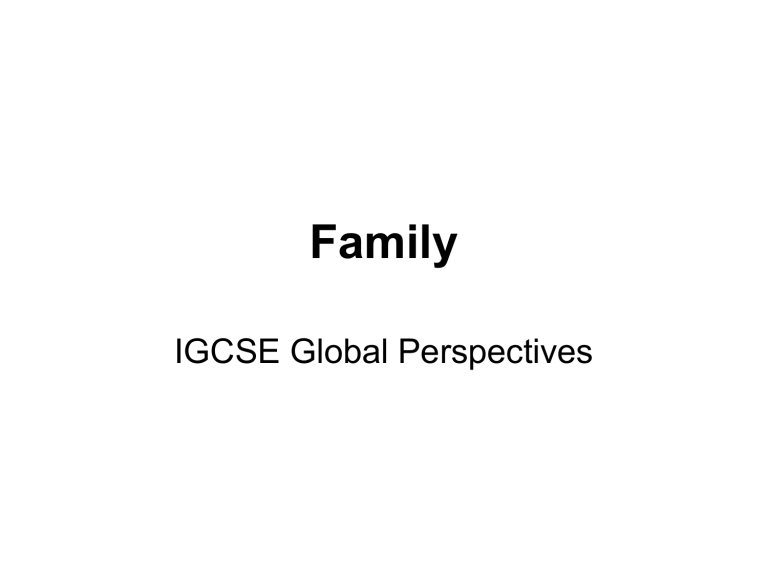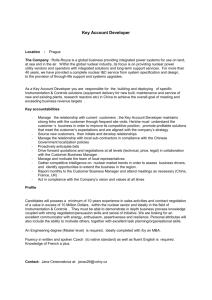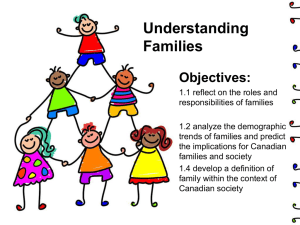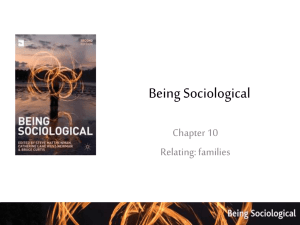Family

Family
IGCSE Global Perspectives
What is Family?
• Family is a primary social group.
• A set of people related by blood, marriage (or some other agreed-upon relationship), or adoption who share the primary responsibility for reproduction and caring for members of society.
• Family: a group of persons directly linked by kin connections, the adults of which assume responsibility for caring for children.
• From the perspective of children, the family is a family of orientation: the family serves to locate children socially, and plays a major role in their enculturation and socialization.
• From the point of view of the parent(s), the family is a family of procreation the goal of which is to produce and enculturate and socialize children.
Types of the Family
Family Structures
Nuclear Family
• Nuclear family consist of two generations of family members (parents and children) living in the same household.
• Contacts with wider kin (aunts and cousins, for example) are usually infrequent and more likely to involve
’impersonal contacts’ such as the telephone or email.
Extended Family
• Extended family, as the name suggests, involve additional family members.
• This structure comes in two basic flavours:
– Vertically extended
– Horizontally extended
• Vertically extended consist of three or more generations (grandparents, parents and children) living in the same household
(or very close to each other).
• Horizontally extended involves relations such as aunts, uncles, cousins, etc.
(relations of the same generation as the parents)
Single-parent Family
• Single-parent families involve a single adult plus their dependent children.
• Although this is more likely to be a female parent, a significant proportion involve a male parent.
Reconstituted family
• Reconstituted (or ‘step’) families (usually nuclear in form) result from the break-up of one nuclear family and its reconstitution as a unique family by remarriage or cohabitation.
• It may, therefore, involve children from a previous family as well as the new family.
Homosexual family
• Usually nuclear in form, this type of family involve adults of the same sex plus children (own or adopted).








